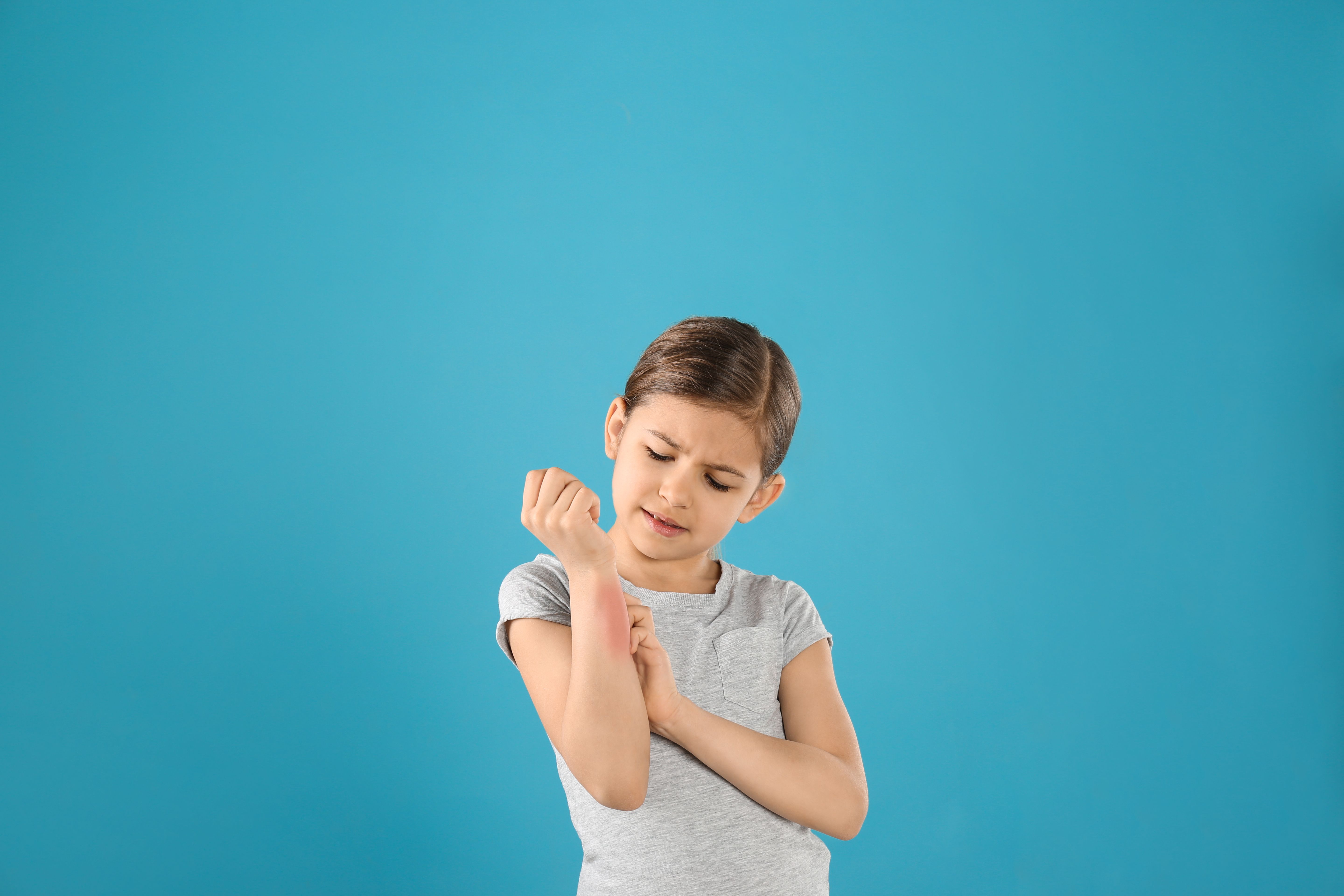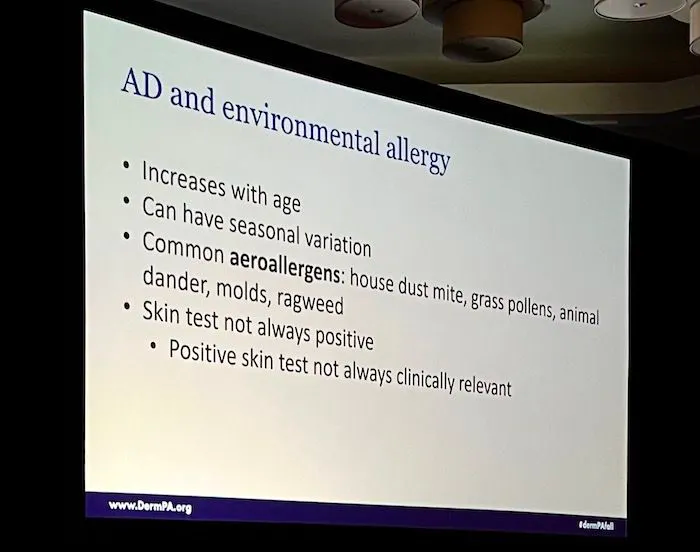Skin disease in children: Treating eczema in pediatric patients under 12 years
In her presentation ‘Treatment of Eczema in Pediatric Patients Under 12 Years,’ Dr. Garza-Mayers spoke on considerations for atopic dermatitis management.
Skin disease in children: Treating eczema in pediatric patients under 12 years | Image Credit: © New Africa - © New Africa - stock.adobe.com.

In a presentation given at the Society of Dermatology Physician Assistants (SDPA) 2023 Annual Summer Dermatology Conference, Anna (Cristy) Garza-Mayers, MD, PhD, spoke on treatment and management of eczema in pediatric patients under 12 years of age.
Garza-Mayers is a board-certified Dermatologist as well as a fellowship-trained Pediatric Dermatologist and Instructor of Dermatology for Harvard Medical School.
In the lecture, she reviewed some of the common and uncommon presentations of atopic dermatitis in addition to explaining some of the elements of management. She also discussed the effects of both topical and systemic therapies, concerns for parents, and the effects of allergies.
“It's present in 20% of infants and children in the United States,” she began. “And it has onset in the first 6 months of life in most patients, up to 60% of patients, and 85% of onset is before the age of 5.”
Image Credit: HCPLive.com

“In different ages, it can present differently in infants and toddlers,” she said. “It can have what's often called the ‘headlight sign,’ so the cheeks are heavily involved with but the central face is not. The scalp is often involved, and often there's a preceding significant cradle cap or seborrheic dermatitis that can go on to have more significant eczema all over the body.”
She added that the condition does generally spare the diaper area for infants, which she notes is a generally well-hydrated area.
“It becomes more prominent in the classic flexural areas, the backs of the knees, the folds of the elbows and also the neck and the posterior upper thighs,” Garza-Mayers said.
Additionally, Garza-Mayers mentioned that it can be useful to explain to patients that the term ‘eczema’ is a broad term which can describe atopic dermatitis, contact dermatitis, etc.
“There is data to support the fact that smoking and exposure to air pollution increases the risk of atopic dermatitis,” she noted. “This is also something that commonly comes up in clinic and parents will often ask if there is a food that's causing their child's eczema or atopic dermatitis. It is possible that IgE-mediated food allergies can trigger atopic dermatitis flares and I will often talk to parents and say that if this is the case, the symptoms should really present within minutes and up to 2 hours of the exposure.”
Garza-Mayers then added that for 70 - 80% of patients in this age group there, there is no known trigger.
She went on to mention that for many children, introduction of food allergens at 4 - 6 months of age without any prior testing may be appropriate.
“There is no absolute contraindication to introducing these foods at home,” Garza-Mayers noted. “But depending on the parent and the family preference and their comfort level, they can be referred to allergy and consider skin testing or serum IgE testing, which I generally don't offer as a pediatric dermatologist. And allergy referral and testing can be appropriate especially when the suspicion is high.”
Garza-Mayers also explained the differences between food allergens versus environmental allergens in pediatric patients with atopic dermatitis.
“Although food allergy decreases with age, environmental allergies tend to increase with age and can have seasonal variation,” she said. “And these include common airline allergens, such as dust mites, pollens, animal dander, molds and ragweed. And again these can be tested by an allergy professional but the skin test is not always positive.”
History, she noted, can go a long way in explaining allergic contact dermatitis in this age group.
“If there's a musical instrument that's being played, sports that are being played, cleaning products, product exposure, and then of course any jewelry or metal exposure,” she explained. “In children, the history can be a little bit targeted depending on the age so of course in infants and toddlers, you can ask about diapers, wipes and any kind of cleaning products that are being used.”
Later in her talk, Garza-Mayers mentioned that moisturizer us is the mainstay of atopic dermatitis in children and adults. She noted that in order to reduce the frequency and severity, products that are free of additives, fragrances, perfumes, and any other potentially sensitizing agents will be important.
For any more information on conference coverage, check out the latest here.
The quotes in this lecture description were edited for clarity.
This article was initially published by our sister publication, HCPLive®.
Recognize & Refer: Hemangiomas in pediatrics
July 17th 2019Contemporary Pediatrics sits down exclusively with Sheila Fallon Friedlander, MD, a professor dermatology and pediatrics, to discuss the one key condition for which she believes community pediatricians should be especially aware-hemangiomas.
Young woman with tick bites presents with erythematous papules, headaches, and fatigue
April 8th 2024A young woman with no significant past medical history returns from hiking with several white-spotted ticks and experiences erythematous papules, rashes, headaches, and fatigue. What’s the diagnosis?